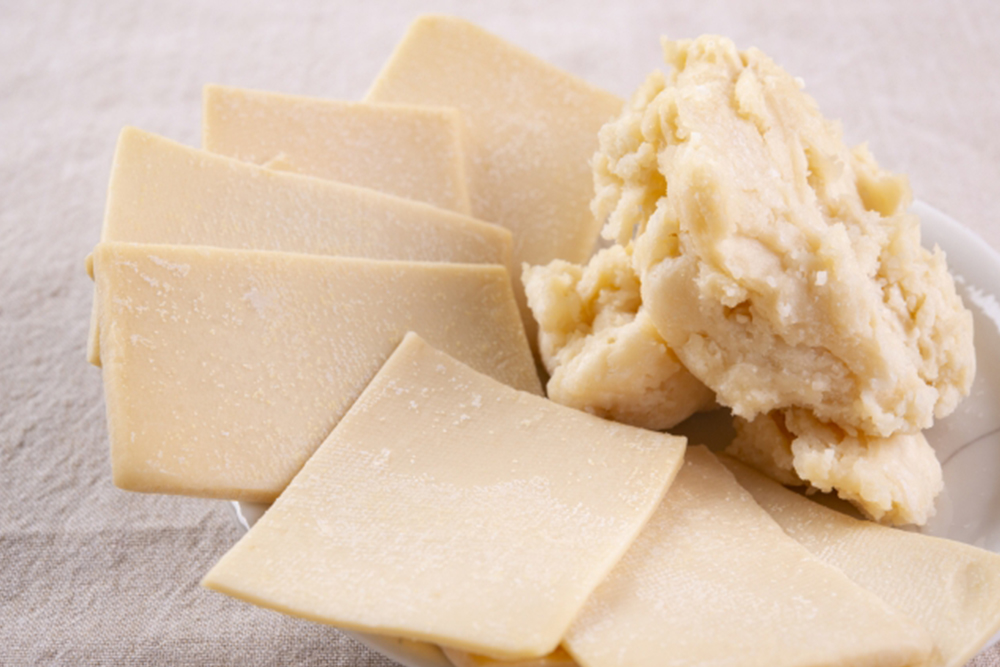In recent years, the demand for non-alcoholic drinks has become very popular in Japan. Non-alcoholic beer and non-alcoholic wine have been commercialized and marketed. Recently, there are some restaurants or bars that provide non-alcoholic cocktails. That’s why there are so many non-alcoholic products on the market from various beverage manufacturers. The term “non-alcoholic drinks” is used here to refer to beverages with an alcoholic taste that do not contain alcohol.

Well, as long as the alcohol concentration is 1% or less, it is not legally considered alcoholic beverages in Japan. However, since it contains alcohol, albeit in small amounts (less than 1% alcohol concentration), some people will get drunk, depending on the amount. It is also well known that there are some people, such as pregnant women, who need to be very careful about drinking alcohol, or those who are prohibited from drinking. People who are constitutionally weak in alcohol, or who cannot drink for various reasons… People who cannot drink alcohol due to such reasons, but want to enjoy it… There were requests for non-alcoholic beverages from those people. So, each beverage manufacturer proceeded with the development of them. And as a result, non-alcoholic beer with an alcohol concentration of 0.05% or less was created and became a huge hit. Currently, “non-alcoholic beverages” in Japan are defined as those with an alcohol concentration of 0.05% or less. In general, beverages with a content of 0.05% to 1% are called “low-alcohol beverages” and are distinguished from “non-alcohol beverages”. In Japan, people under 20 years of age are prohibited from drinking or purchasing alcoholic beverages. And also, the sale or serving of alcoholic beverages to persons under the age of 20 is prohibited. This means that legally, this “non-alcoholic beverage” does not fall under the category of alcoholic beverages, right? However, after all, it is not recommended to be marketed to underage people. This will be because it was developed as an alcoholic taste beverage that can be enjoyed by people who are old enough to drink, but are unable to do so for various reasons. Some convenience stores, restaurants or bars also refrain from selling or serving them to people under 20 years old. In that sense, non-alcoholic beverages are marketed in a way that is very considerate of underage drinking in Japan.
The reason behind the rapid development of non-alcoholic beverages by beverage manufacturers is due largely to the revision of the Road Traffic Law in Japan. Consumer demand has increased with the tightening of penalties for drunk driving. Even in overseas, drunk driving is considered a very serious problem, isn’t it? Since the 2000s, this has become a very important issue in Japan, along with measures to prevent underage drinking. Well, it’s amazing that beverage manufacturers can develop good quality products to meet such demand, we think so. There will probably be many new non-alcoholic beverage products in the future. Please pay attention to them.
・Amazake

We might say that amazake is the original non-alcoholic drink in Japan. It is also one of the very traditional Japanese sweets. In the “Nihon-Shoki,” a historical book established in the Nara period (about 700’s), there is a record of “Amanotamuzake”, which is said to be the origin of “Amazake”. It is one of the customs that are served to visitors to temples or shrines during the year-end and New Year holidays. Incidentally, the ones that are sold or served at annual events at temples or shrines are adjusted to have an alcohol concentration of less than 1%, so they are precisely classified as “low-alcohol drinks”. They have been heated to remove the alcohol content, or diluted with hot water. So, even underage people are allowed to drink it… but you have to be careful about that.

There are two main methods used for making “Amazake”: one is to ferment rice with rice malt, and the other is to heat sake lees (mainly derived from “sake”) and add sweetness to it. Considering the ingredients and production method, it is “alcohol” after all. “Amazake” was made popular in the Edo period. And they were loved by everyone, young and old, even the children were drinking. At that time, it was regarded as a kind of energy drink that was effective in preventing summer fatigue. In addition, during the winter months, it was heated and drunk to prevent colds. Well, it is true that “Amazake” is quite nutrient rich. B vitamins (primarily B1/2/6), folic acid, amino acids (cysteine / arginine / glutamine), glucose, etc… It is also rich in dietary fiber, and is now well known as one of the most popular health foods. There are many different types of products on the market, and some of them can be purchased from overseas. It’s interesting because different products have really different flavors.




_op.png)
_001.png)
_002.png)
_003.png)
_004.png)
_005.png)
_006.png)
_007.png)
_008.png)
